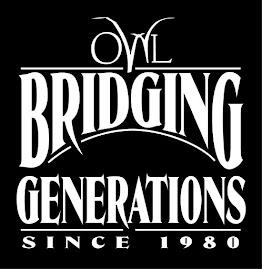The ARA (
I do think fairness is a component of the interest of older Americans in single payer health care. We have seen far too much suffering caused by a health care system that is not universal. Too many people don’t receive health care they need because they can’t get coverage or afford coverage ----or because insurance they have is inadequate. Too many “older Americans” have watched children, friends, and others struggle (or even die unnecessarily). The “system” isn’t fair and it hurts too many people.
However, there is also the issue of self interest. Conceptually, Medicare is a health safety net for those over 65; that’s the way it was originally intended. The current Medicare program has become increasingly “broken”. Between deductibles, co-pays, and increasing costs, Medicare is inadequate. A recent study said that a couple can expect to pay hundreds of thousands of dollars on healthcare, assuming they have Medicare “benefits” to start with.
Most people don’t grow old with those extra resources. As the costs of basic Medicare increase (and they do regularly), we will see increasing numbers of people entitled to Medicare who don’t have all of the coverage they need. And we will see increasing numbers of people who can’t afford to use it, if they do have it----because of the steady increase in co-pays and deductibles.
The situation is, of course, worse for older women. Older women are poorer than older men. They have lower savings and a lower income, with a much higher proportion living on Social Security alone. And, of course, women live longer than men---generally, the older, the fewer resources. Increasingly your financial resources enable you to use the Medicare system.
Older Americans recognize the importance of an integrated system of health care for all, because they see that our society needs it and because they are members of that society.
--Kathie Piccagli, OWL National Board and OWL of California






